Turner Cody
WUK, 2008
Turner Cody looks like a ramblin’ man who we caught relaxing for a few hours, sitting on a leather couch with his wife at the venue in late afternoon. His three-piece suit fits, the dark green hat conceals his red hair and one of his father’s striped ties is firmly knot around his neck – it is hard to imagine him wearing something else. The 1980-born songwriter moved to New York at the age of 18 and played his first songs in the legendary Sidewalk-Café which became the hub of the Anti-Folk movement at the end of the 1990s. Cody began self-releasing an impressive amount of LPs within the following years and sold them only at shows. As if releasing – at least – an album a year weren’t enough to do he penned a book of poetry called “The Return of the High Priestess and other Poems” available via mail order from Turner himself. His restlessness – he also hosts a weekly radio show at brooklynradio.net now – obviously translates into his music which mixes traditional folk roots with swinging country arrangements, catchy melodies and Turner’s Dylanesque voice. Even while performing, there seems to be something else going on in his head. Towards the end of singing “Land of the Living”, a mysterious grin appears across his face, and as he performs “Au Revoir” he wobblingly dances down the street.
- Photography
- Simon Brugner
- Artist
- Turner Cody
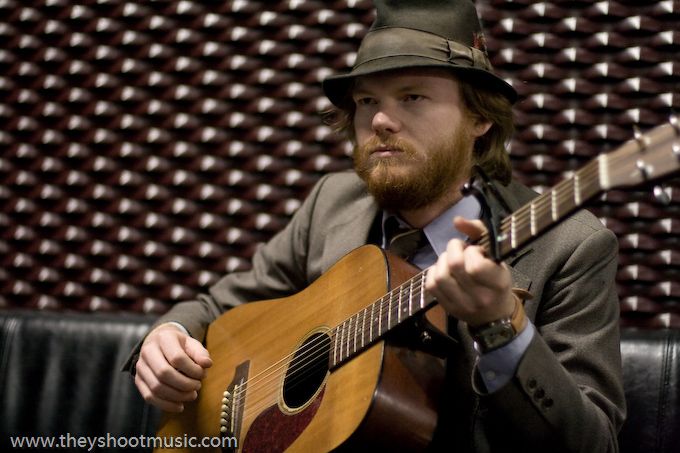
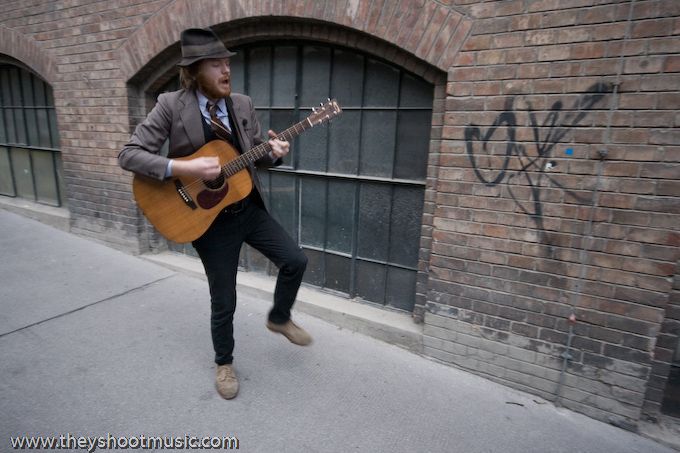
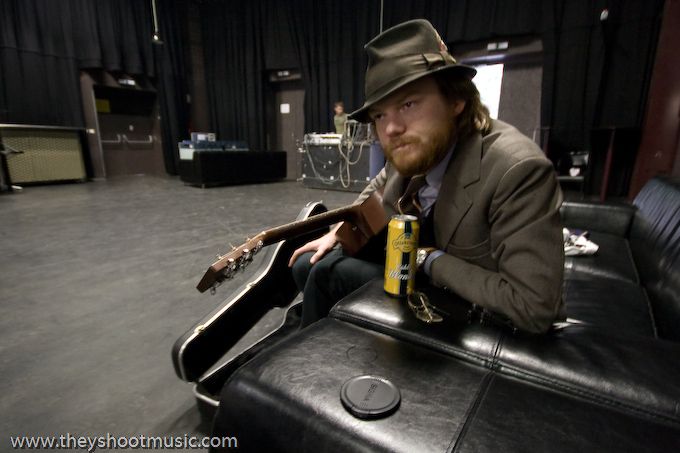
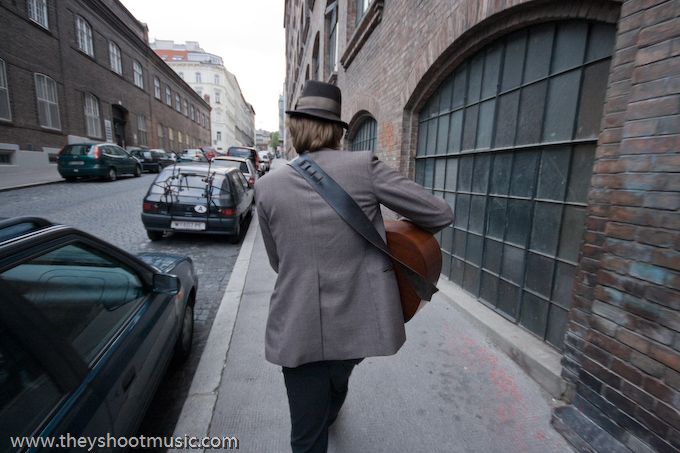
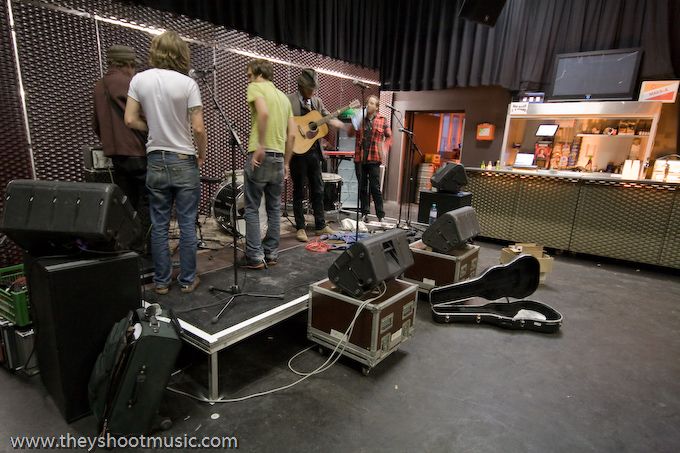

WUK
Wuk is short for Werkstätten- und Kulturhaus (Workshop and Culture House) – is not only a venue for concerts. The brick building with its charmingly sleazy cobbled courtyard hosts 130 groups and initiatives, which produce all kinds of non-mainstream-art. The cultural center is subsidised by the City of Vienna, but the groups work autonomously and self-governed. Apart from the concert hall, studios and workshops there is also a café with a nice outdoor area in the WUK courtyard and a self-help bicycle repair shop. The 19th century building was originally used as a factory for train engines. In 1884, the Technologisches Gewerbemuseum (Technologic Trade Museum) moved into today’s WUK and turned it into a place of science, education and exhibitions with the purpose to keep the Austrian-Hungarian monarchy up-to-date in questions of technological development. The monarchy was more than half a century gone when there were still engineers trained in Währinger Straße 59. In 1981, the building was handed over to an association of alternative Viennese artist, teachers, students and other activists.